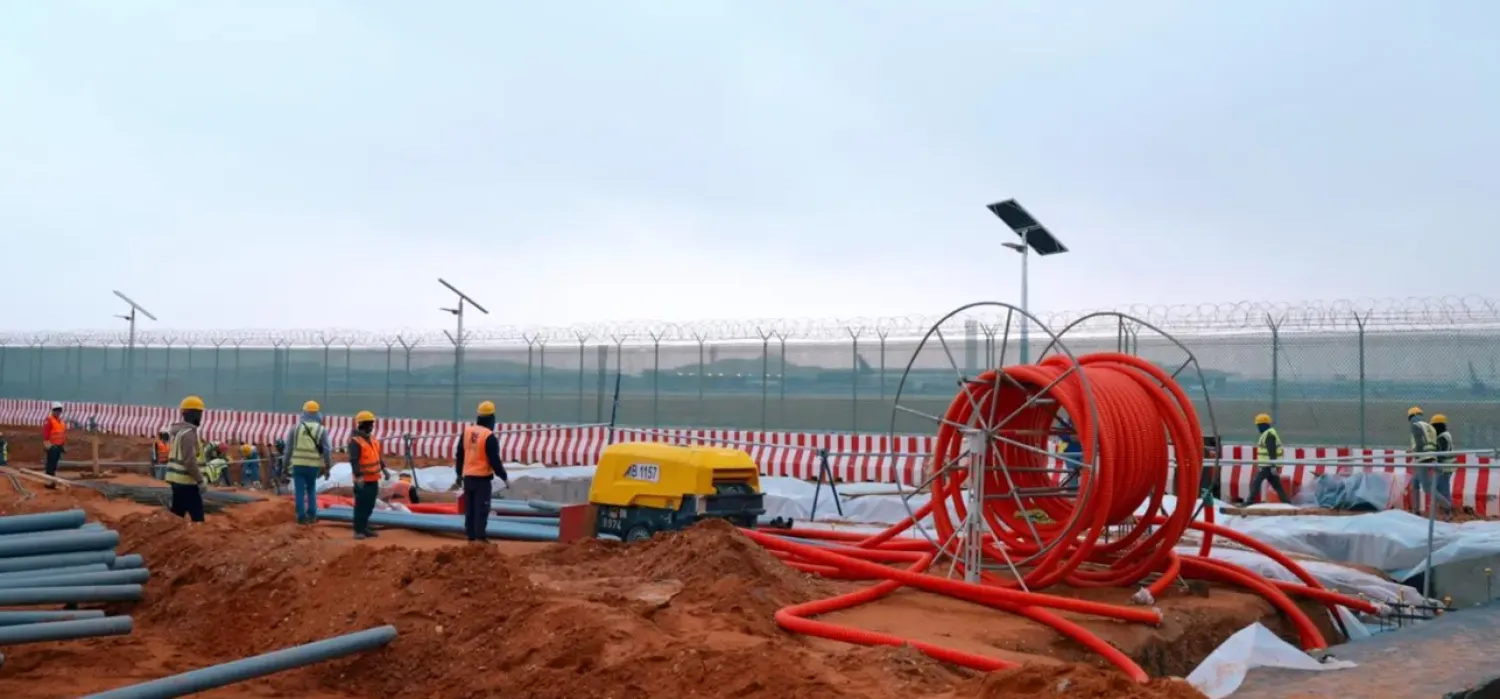The US national debt exceeded $33 trillion for the first time on Monday, providing a stark reminder of the country’s shaky fiscal trajectory at a moment when Washington faces the prospect of a government shutdown this month amid another fight over federal spending.
The Treasury Department noted the milestone in its daily report detailing the nation’s balance sheet.
It came as Congress appeared to be faltering in its efforts to fund the government ahead of a Sept. 30 deadline. Unless Congress can pass a dozen appropriations bills or agree to a short-term extension of federal funding at existing levels, the United States will face its first government shutdown since 2019.
Over the weekend, House Republicans considered a short-term proposal that would slash spending for most federal agencies and resurrect tough Trump-era border initiatives to extend funding through the end of October.
But the plan had little hope of breaking the impasse on Capitol Hill, with Republicans still divided on their demands and Democrats unlikely to support whatever compromise they reach among themselves, The New York Times reported on Tuesday.
It said the debate over the debt has grown louder this year, punctuated by an extended standoff over raising the nation’s borrowing cap.
“That fight ended with a bipartisan agreement to suspend the debt limit for two years and cut federal spending by $1.5 trillion over a decade by essentially freezing some funding that had been projected to increase next year and then limiting spending to 1 percent growth in 2025,” it said.
But the debt is on track to top $50 trillion by the end of the decade, even after newly passed spending cuts are taken into account, as interest on the debt mounts and the cost of the nation’s social safety net programs keeps growing.
Slowing the growth of the national debt continues to be daunting.
Some federal spending programs that passed during the Biden administration are expected to be more costly than previously projected.
The Inflation Reduction Act of 2022 was previously estimated to cost about $400 billion over a decade, but according to estimates by the University of Pennsylvania’s Penn Wharton Budget Model it could cost more than $1 trillion thanks to strong demand for the law’s generous clean energy tax credits, the newspaper said.
Pandemic-era relief programs are still costing the federal government money. The Internal Revenue Service said last week that claims for the Employee Retention Credit, a tax benefit that was originally projected to cost about $55 billion, have so far cost the federal government $230 billion.
At the same time, several of President Joe Biden’s attempts to raise more revenue through tax changes have been met with resistance.
In late 2022, the Internal Revenue Service (IRS) delayed by one year a new tax policy that would require users of digital wallets and e-commerce platforms to start reporting small transactions to the agency. The policy was projected to raise about $8 billion in additional tax revenue over a decade.









